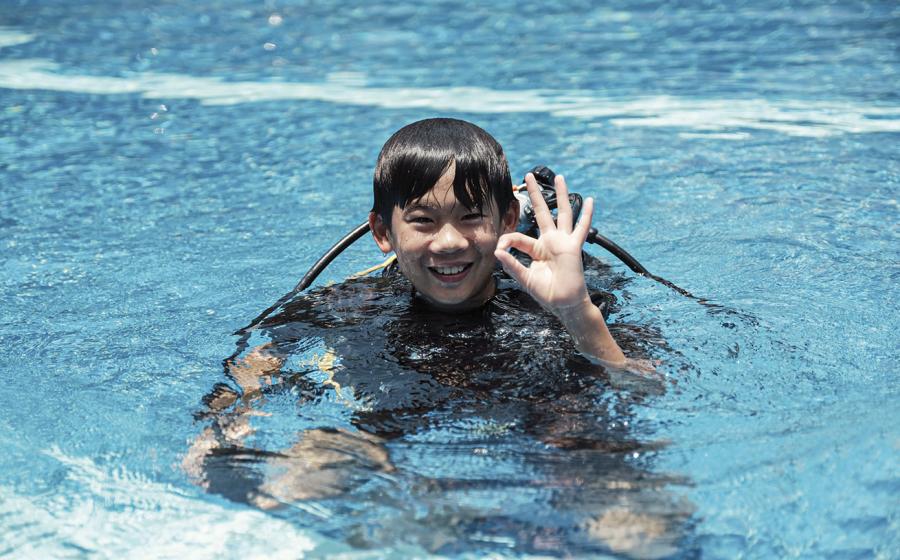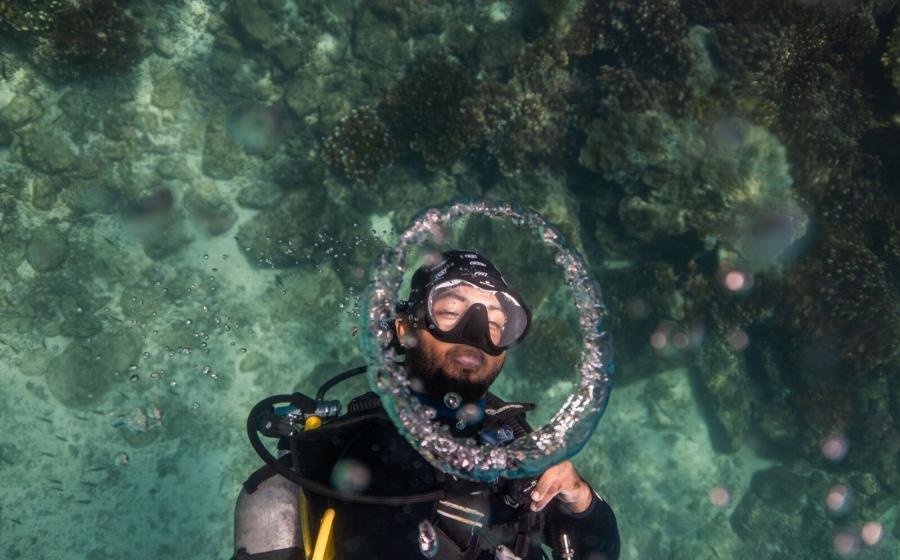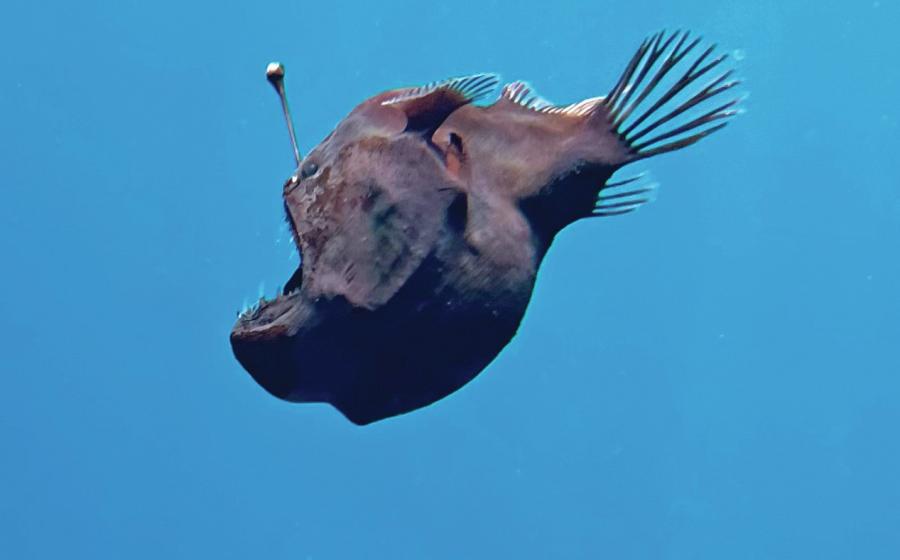Even More Amazing Shark Facts You Haven’t Heard a Million Times
In my June column, I complained about how every “amazing shark facts you’ve never heard before” listicle on the internet is full of either shark facts that I knew when I was a toddler, or wrong information. I made a whole new list of actual true facts that are lesser-known, and you, dear readers, told me that you hadn’t heard most of them and enjoyed learning about them! Based on popular demand, here is Volume 2 of Amazing Shark Facts You Haven’t Already Heard a Million Times.

Becca HurleyA tiger shark patrols the Cathedral dive site in Fiji.
1. Tired: Tiger sharks eat license plates. Wired: Tiger sharks eat penguins!
Almost every list of “amazing shark facts” mentions that tiger sharks are the “garbage cans of the ocean,” and have been found with all kinds of junk, including license plates, in their stomachs. Earlier this year, tiger sharks also made news when it was discovered that they often eat passerines, “backyard bird” species not commonly thought of as flying over the open sea. But did you know that tiger sharks also eat penguins?
Yes, it’s true! A 2017 study of tiger shark diets in South Africa found that about one-quarter of tiger sharks had birds in their stomachs, and many of these were African penguins (Spheniscus demersus). If you’ve been lucky enough to see the great white sharks of False Bay, South Africa, you were probably told about a penguin colony you’ll pass on your drive back to Cape Town—that’s this species! This 2017 study also found other bonkers stuff in the stomachs of South African tiger sharks, including land animals like the blue duiker (a small antelope) and the South African porcupine. Because everything is awful, yes, these tiger sharks were also found to have eaten all kinds of human trash, including potato chip bags and condoms. Please be careful how you dispose of your trash, y’all.
2. Many species of sharks give birth to a litter of half-siblings!
Unlike most bony fishes, sharks have internal fertilization—they don’t spawn; they mate in a way that, um, you’d recognize what you were looking at if you ever observed it. And while sharks have relatively few offspring at a time, the live-bearers do give birth to a litter rather than an only child. Most shark-o-philes know this stuff, but did you know that a litter may consist of half-siblings, pups that have the same mother but different fathers? Indeed, females will often mate with multiple males. And multiple males may successfully pass on their genes in the same litter of pups! This phenomenon, known as “multiple paternity,” is thought to help increase the genetic diversity of a population.

ShutterstockBlacktip sharks at Aliwal Shoal, Indian Ocean, South Africa.
3. Sometimes sharks have both boy bits and girl bits.
Sometimes sharks are born intersex, with reproductive organs of both males and females. Often one set of reproductive organs works and the other doesn’t, but having functional male and female reproductive tracts, including viable sperm/egg cells, within one individual has been documented! Being born intersex isn’t even all that unusual. It’s been documented in at least 36 species of sharks and their relatives!
Sharks are an amazing and diverse group of animals, and they have so many more cool things about them than you read about on the same old lists of “amazing shark facts.” I hope you learned something in Volume 2—and as always, if you learned something new, let me know.
About David Shiffman
Dr. David Shiffman is a marine conservation biologist specializing in the ecology and conservation of sharks. An award-winning public science educator, David has spoken to thousands of people around the world about marine biology and conservation, and has bylines with the Washington Post, Scientific American, New Scientist, Gizmodo and more. Follow him on Twitter, Facebook and Instagram, where he’s always happy to answer any questions about sharks. Please direct any questions or hate mail to [email protected].

Josh LibermanDr. David Shiffman
About Science Stop with Dr. David Shiffman
Before you surface from a deep scuba dive, you make a safety stop. Before you take a deep dive into the complicated world of ocean conservation, I encourage you to make a science stop by reading this column. The global environmental challenges we face can seem overwhelming, and concerned citizens, especially people like scuba divers who love spending time in the ocean, want to help do their part to fix these problems. However, with lots of conflicting, misleading or just plain wrong information out there about environmental problems and how you can help solve them, it can be hard to know how to help. In some cases, well-intentioned but misinformed activists not only fail to help solve a problem, but can actually make the problem worse, or harder to solve! Put simply, if we’re going to fix the massive problems facing the ocean, the details matter, and those details can be confusing! In this monthly column, my goal is to teach you the true scientific facts behind some of the most pressing threats facing the ocean and the solutions experts believe will help solve them. I will also try to dispel common misconceptions about these threats and their solutions.










